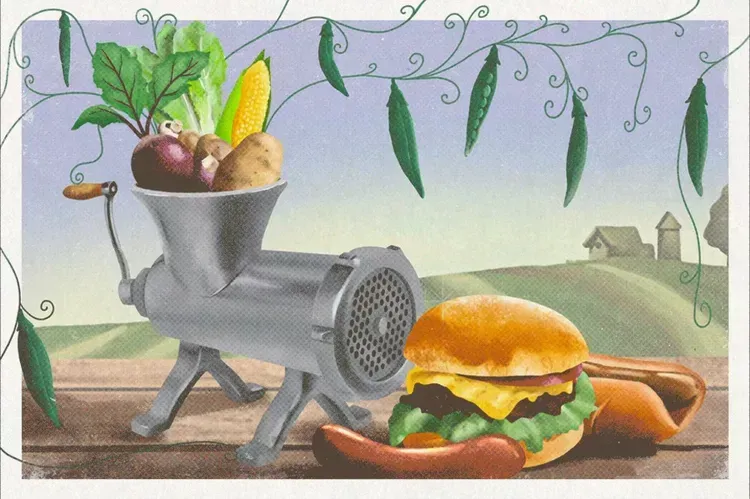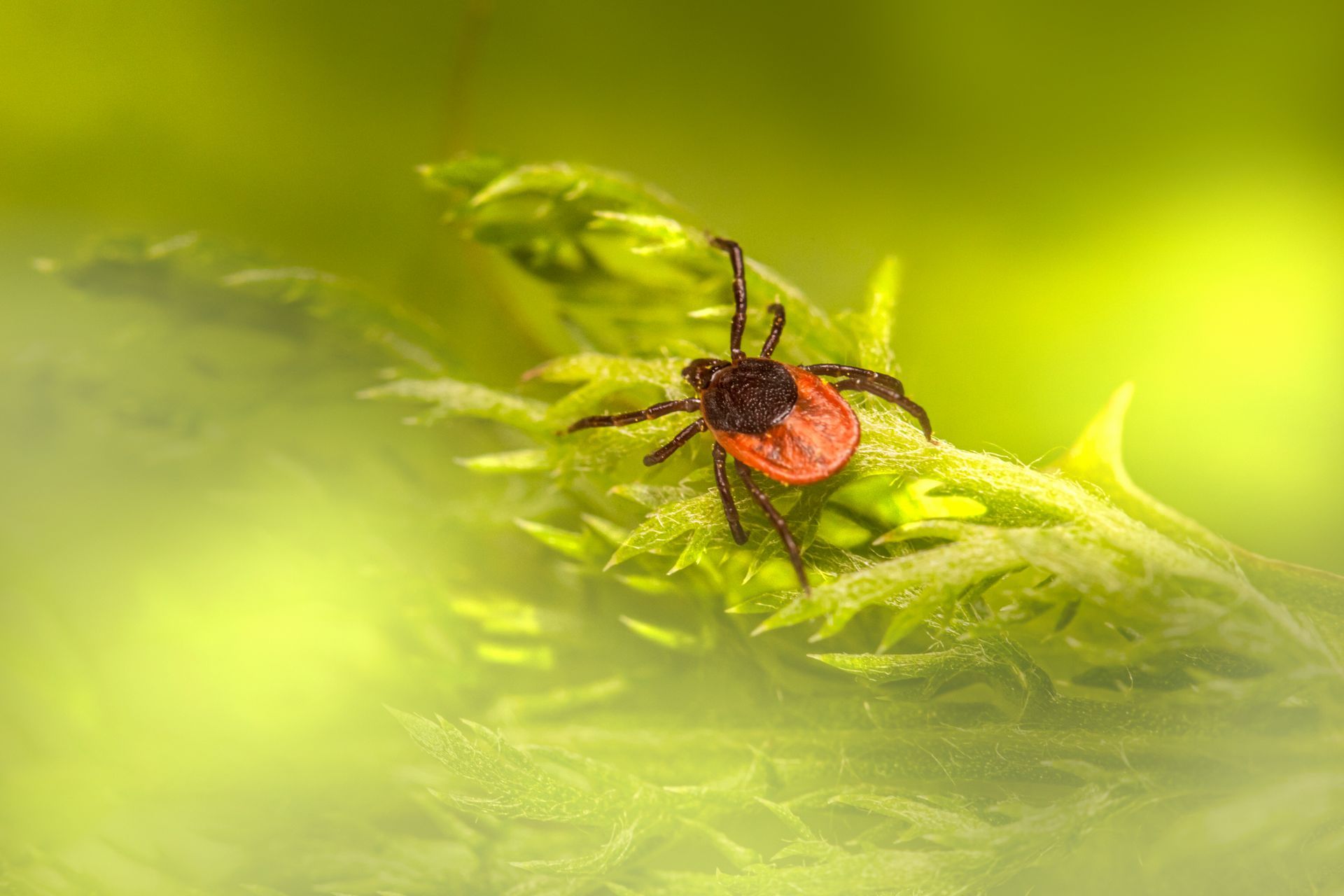Morel mushroom myths
4/19/2021
Springtime always finds me in the woods looking for morel mushrooms to toss in the saute pan. I’m not going to divulge my hunting spots so don’t even ask. It’s all part of the madness of hoping to find a motherlode that nobody else knows about.
Because they’re so elusive, hunters hang their hats on misconceptions about morels to help them in their search. For example, many foragers swear the mushrooms “pop” where full-size, fully formed 3-inch morels appear overnight out of the ground.
Walt Sturgeon is a mycologist and author on the subject. He says that doesn’t happen.
"I have them in my yard so I kind of watch them and it takes maybe two weeks for them to reach full size. Now sometimes when you get a little one, they don’t grow to full size. What you see is what you get which is why people think they come up already big. They don’t. But yet I have morel hunters tell me you know, I looked there, went up into the woods for three hours and came back and there it was," says Sturgeon. "It was there before it was just hidden by the leaves so it’s easy to miss them if they’re in vegetation."
A huge hunting misconception is that you should always pinch or cut the mushrooms off at ground level, leaving the fruiting body underground for future propagation. Sturgeon says that’s not important.
"You can cut them, pull them, dig them. The organism is much bigger than the fruiting body, which is what you’re picking. So, it’s like picking an apple from a tree," he explains. "The tree is underground and therefore, it doesn’t matter what you do as far as picking them goes."
Some say you can grow your own morels by buying a kit. There are plenty online to choose from. Should you try? Just remember that these secretive fungi are picky, and it takes a set of very specific conditions to get them to grow.
You might also like
Jaynie Norman


